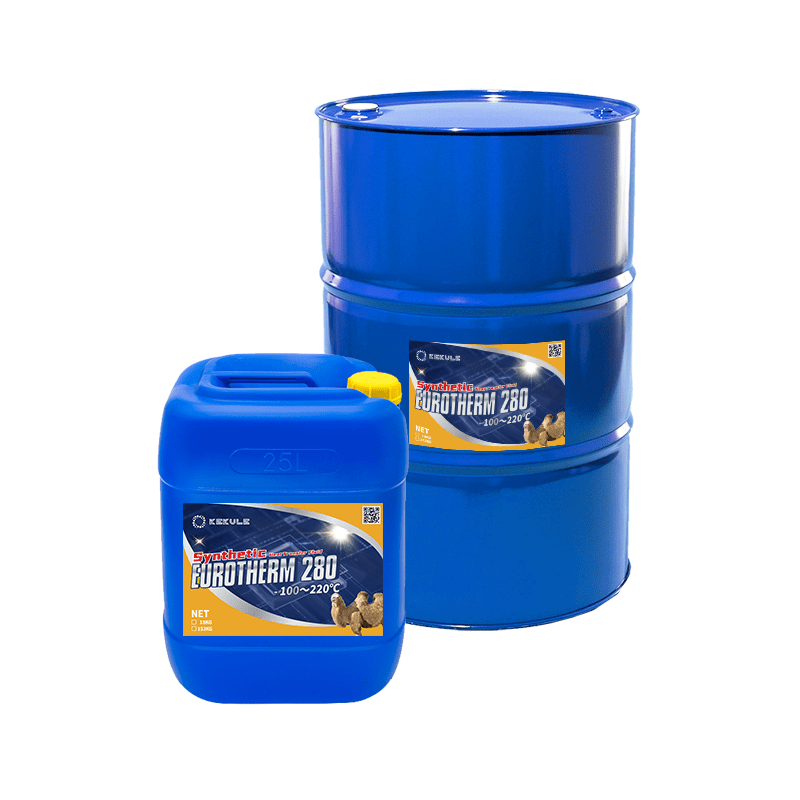Not known Factual Statements About Chemie
Not known Factual Statements About Chemie
Blog Article
Getting The Chemie To Work
Table of ContentsChemie - TruthsThe smart Trick of Chemie That Nobody is Talking AboutNot known Facts About ChemieChemie Can Be Fun For AnyoneThe Ultimate Guide To ChemieThe 3-Minute Rule for Chemie
By Bojanna Shantheyanda, Sreya Dutta, Kevin Coscia and David SchiemerDynalene, Inc. Fluid cooling, which can be accomplished utilizing indirect or direct means, is made use of in electronic devices applications having thermal power thickness that may exceed safe dissipation via air cooling. Indirect fluid cooling is where heat dissipating electronic elements are physically separated from the fluid coolant, whereas in instance of straight cooling, the parts remain in direct contact with the coolant.In indirect air conditioning applications the electrical conductivity can be vital if there are leakages and/or spillage of the liquids onto the electronics. In the indirect air conditioning applications where water based fluids with deterioration preventions are generally made use of, the electric conductivity of the fluid coolant generally depends on the ion focus in the fluid stream.
The rise in the ion concentration in a shut loop liquid stream may occur because of ion leaching from metals and nonmetal components that the coolant fluid is in contact with. During procedure, the electrical conductivity of the liquid may boost to a level which might be damaging for the air conditioning system.
The Buzz on Chemie
(https://pubhtml5.com/homepage/dvxnk/)They are bead like polymers that can trading ions with ions in an option that it is in contact with. In the present job, ion leaching tests were executed with different metals and polymers in both ultrapure deionized (DI) water, i.e. water which is dealt with to the greatest degrees of purity, and reduced electrical conductive ethylene glycol/water mixture, with the gauged change in conductivity reported with time.
The samples were allowed to equilibrate at space temperature for 2 days prior to taping the initial electric conductivity. In all examinations reported in this research study liquid electric conductivity was determined to a precision of 1% making use of an Oakton CON 510/CON 6 collection meter which was calibrated prior to each dimension.
9 Easy Facts About Chemie Shown
from the wall surface home heating coils to the center of the heating system. The PTFE example containers were positioned in the heater when steady state temperatures were gotten to. The examination arrangement was gotten rid of from the heater every 168 hours (seven days), cooled to space temperature level with the electric conductivity of the liquid gauged.
The electrical conductivity of the liquid sample was kept an eye on for a total of 5000 hours (208 days). Number 2. Schematic of the indirect closed loophole cooling experiment set-up - immersion cooling liquid. Table 1. Parts used in the indirect closed loophole cooling experiment that are in contact with the liquid coolant. A schematic of the experimental configuration is received Figure 2.

Some Known Incorrect Statements About Chemie
The adjustment in fluid electric conductivity was kept an eye on for 136 hours. The liquid from the system was collected and kept.

0.1 g of Dowex material was included in 100g of fluid examples that was absorbed a separate container. The blend was mixed and change in the electrical conductivity at space temperature level was measured every hour. The determined adjustment in the electric conductivity of the UP-H2O and EG-LC test fluids having polymer or metal when immersed for 5,000 hours at 80C is shown Number 3.
Chemie - The Facts
Ion leaching experiment: Measured adjustment in electric conductivity of water and EG-LC coolants having either polymer or steel examples when immersed for 5,000 hours at 80C. The results show that steels added less ions into the fluids than plastics in both UP-H2O and EG-LC based coolants.
Fluids containing polypropylene and HDPE showed the least expensive electrical conductivity changes. This can be because of the brief, inflexible, direct chains which are much less likely to contribute ions than longer branched chains with weak Full Article intermolecular forces. Silicone additionally did well in both test liquids, as polysiloxanes are typically chemically inert due to the high bond power of the silicon-oxygen bond which would protect against deterioration of the product into the liquid.
An Unbiased View of Chemie
It would certainly be expected that PVC would certainly produce similar outcomes to those of PTFE and HDPE based upon the similar chemical structures of the products, however there may be various other contaminations present in the PVC, such as plasticizers, that may impact the electric conductivity of the liquid - dielectric coolant. Furthermore, chloride teams in PVC can additionally seep right into the test fluid and can cause a boost in electric conductivity
Buna-N rubber and polyurethane revealed indicators of degradation and thermal decomposition which suggests that their possible utility as a gasket or adhesive material at higher temperatures might cause application concerns. Polyurethane entirely degenerated right into the examination liquid by the end of 5000 hour examination. Number 4. Prior to and after photos of steel and polymer examples submersed for 5,000 hours at 80C in the ion leaching experiment.
Measured adjustment in the electric conductivity of UP-H2O coolant as a feature of time with and without material cartridge in the shut indirect air conditioning loop experiment. The measured adjustment in electric conductivity of the UP-H2O for 136 hours with and without ion exchange material in the loophole is shown in Figure 5.
Report this page